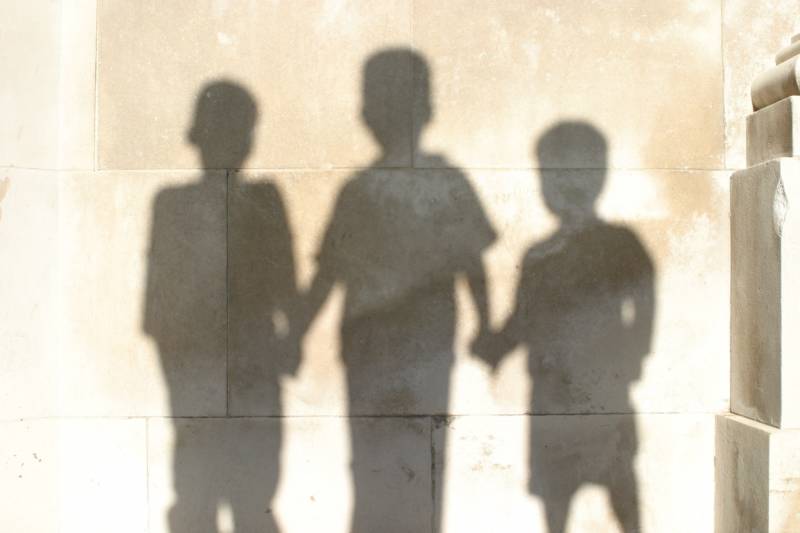One in five Americans is estimated to have a mental health condition at any given time. But getting treatment remains difficult — and it’s worse for children, especially those who identify as black or Hispanic.
That’s the major finding in research published Friday in the International Journal of Health Services. The study examines how often young adults and children were able to get needed mental health services, based on whether they were black, Hispanic or white. Using a nationally representative sample of federally collected survey data compiled between 2006 and 2012, researchers sought to determine how often people reported poor mental health and either saw a specialist or had a general practitioner bill for mental health services.
“No one is necessarily bigoted — and yet we have a system that creates the kind of discrimination we see in the paper,” said Steffie Woolhandler, a professor at City University of New York School of Public Health, and one of the study’s authors. “Kids are getting half as much mental health treatment — and they have the same level of mental health problems.”
Young people in general aren’t likely to see mental health specialists. But the numbers fell further when racial and ethnic backgrounds were factored in. About 5.7 percent of white children and young adults were likely to see a mental health specialist in a given year, compared with about 2.3 percent for black or Hispanic young people.
Put another way: Even when controlling for someone’s mental health status, insurance and income, black and Hispanic children saw someone for treatment far less often than did their white counterparts — about 130 fewer visits per thousand subjects. Black young adults visited a mental health specialist about 280 fewer visits per thousand; Hispanics had 244 fewer visits per thousand.
